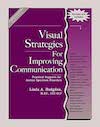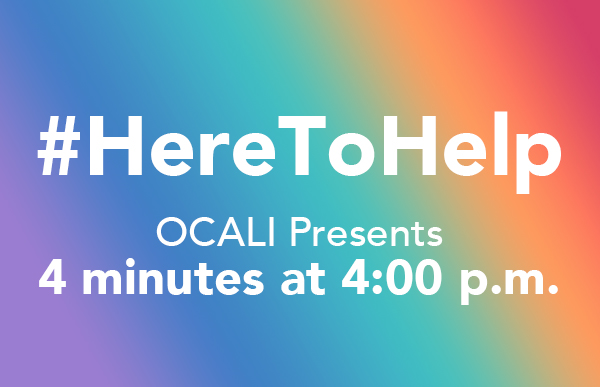Autism Center Grab and Go Resource Gallery of Interventions
First-Then Board
Discover the first-then schedule board. This visual support shows what the individual will do first and then what to do next. A first-then board can be used with an individual who is not yet ready for a more complex visual schedule. The first-then board can also be used to help support behaviors by first completing a less desired task or activity and then getting to do a reinforcing or motivating activity. The boards are easy to make and can be done to match the individual's communication mode by using photographs, pictures icons, written words, objects, or even apps.
For further information, visit the Visual Supports Autism Internet Module at www.autisminternetmodules.org
Examples

First-Then Resources
Book Suggestions

Teaching Young Children with Autistic Spectrum Disorders to Learn: A Practical Guide for Parents and Staff in General Education Classrooms and Preschools
Hannah, Liz
This practical book is an invaluable resource for those who live and work with children, ages three to seven, who have an autism spectrum disorder. It provides a range of strategies such as schedule systems including First-Then schedules, to help adults and children work and play together with success.

Activity Schedules for Children with Autism
McClannahan, Lynn E
Activity schedules: simple, yet revolutionary teaching tools, enable children with autism to accomplish activities with greatly reduced adult supervision. An activity schedule is a set of pictures or words that cues a child to engage in a sequence of activities. When activity schedules are mastered, children are more self-directed and purposeful in their home, school, and leisure activities: doing puzzles, interacting with classmates, and preparing food with minimal assistance from adults. In this book, parents and professionals will find detailed instructions and examples to help them: assess a child's readiness to use activity schedules; prepare a first photographic activity schedule; understand how to use graduated guidance as a teaching tool; monitor progress; introduce new elements such as choice and use of timers: expand social skills; progress to written schedules. Activity Schedules for Children with Autism can be used successfully with young children, adolescents, and adults, rewarding them with more control over their lives.

Visual Strategies for Improving Communication (Revised & Updated Edition): Practical Supports for Autism Spectrum Disorder
Hodgdon, Linda
Practical supports for school and home Visual Strategies for Improving Communication: Practical Supports for School and Home contains numerous strategies to enhance communication interactions for students who experience autism and other moderate to severe communication disorders. A "how-to" book, designed to assist teachers, Speech-Language Pathologists, and parents in devising solutions to the communication and self-management challenges that are common to these students. Full of examples and illustrations, this book describes specific strategies that capitalize on the visual strengths and learning style of this population. The first goal when working with these students is to create an environment that will support communication and make communication breakdowns less likely to occur. This is accomplished in part by developing a system of visual tools and aids to increase communication effectiveness. Schedules, aids to give directions, and aids to give information, and aids to establish and communicate rules are tools designed to increase the student's understanding of what is happening around him. A second goal, improving student independence and participation, is met with the presence of visual tools.

Making Visual Supports in the Home and Community for Individuals with Autism and Asperger Syndrome
Savner, J. L., & Myles, B. S.
The importance of visual supports is undeniable. This book contains step-by-step directions and accompanying pictures to help families and individuals with autism spectrum disorders create visual supports that work across many settings. The companion video demonstrates that effective use of visual supports gives children more control over their environment, resulting in less frustration and demonstration of problem behaviors.

Visual Supports for People with Autism
Cohen, Marlene & Gerhardt, Peter
Visual Supports for People with Autism shows parents and educators how incorporating these aids while teaching can improve academic performance, behavior, interaction with others, and self-help skills. In a friendly, conversational-style, the authors, both certified behavior analysts, describe the deficits typical of autism: language, memory, temporal sequential skills, attention, motivation, and social skills, and present strategies to use visual supports to address those issues at school and home.
